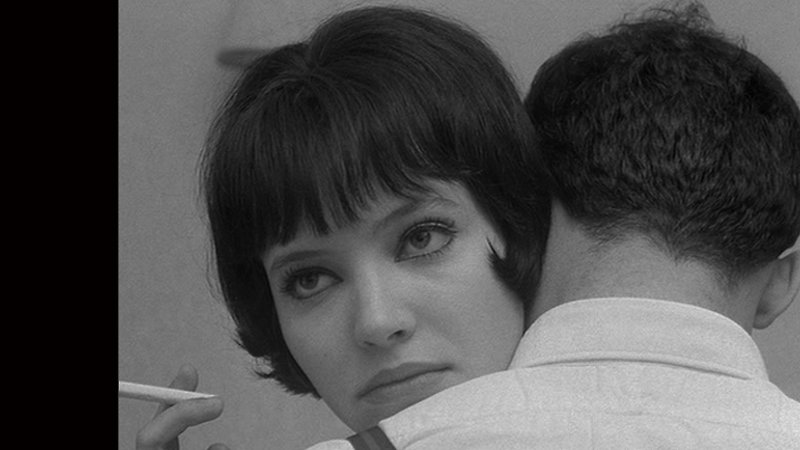“A milestone 'Everything is permissible’ moment in narrative film, Godard's fourth feature is a rocket from Pandora's Box.” — Nick Pinkerton, Village Voice

One of the most extraordinary, beautiful, and original works of art that I know of.
Screened as part of Autumn Events 2013
Vivre sa vie 1962
“Forty-six [now 51] years later the brute genius of Jean-Luc Godard continues to amaze. In the French New Waver's 1962 black-and-white gem Vivre sa vie (To Live One's Life, or My Life to Live), Godard frames and edits his shots, moves the camera, uses music, and deploys his actors in ways that still seem radical – even as several generations of directors since have cribbed and stolen from him. It's no fluke that Quentin Tarantino named his production company after a Godard title.
Sure, this portrait of Nana, a young Parisienne who turns to prostitution - played with startling composure by Anna Karina (Godard's wife at the time) – has all the easily parodied attributes of the French art-house classic: everyone with a Gitanes in their mouth, stooped over coffee in a bar tabac, playing pinball and talking Plato, oozing impossible nonchalance.
But Vivre sa vie, for all its demoded, midcentury Gallicness, remains both a dazzling cinematic experiment and a heart-mover. Nana's curiosity, her loneliness, her almost casual descent into prostitution – and her flashes of simple joy – are captured with elliptical precision in the 12 chapters of Godard's film. When Karina, a transfixing beauty, stares directly into the camera, it's like she's burning a hole into the viewer's soul. And then Godard tosses some old movie melodrama out there, a couple of gangster-pic shootouts, as if the idea of emotional truth were too scary to approach head-on. But somehow, even his ridiculous ending jolts with passion.” — Steven Rea, Philadelphia Inquirer
“A milestone ‘Everything is permissible’ moment in narrative film, Godard's fourth feature is a rocket from Pandora's Box.” — Nick Pinkerton, Village Voice
Recommended
Vivre sa vie: the Lost Girl by Michael Atkinson for the Criterion Collection